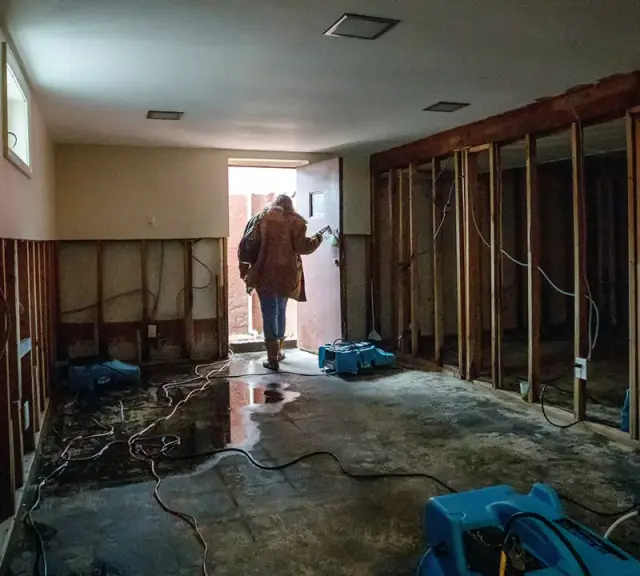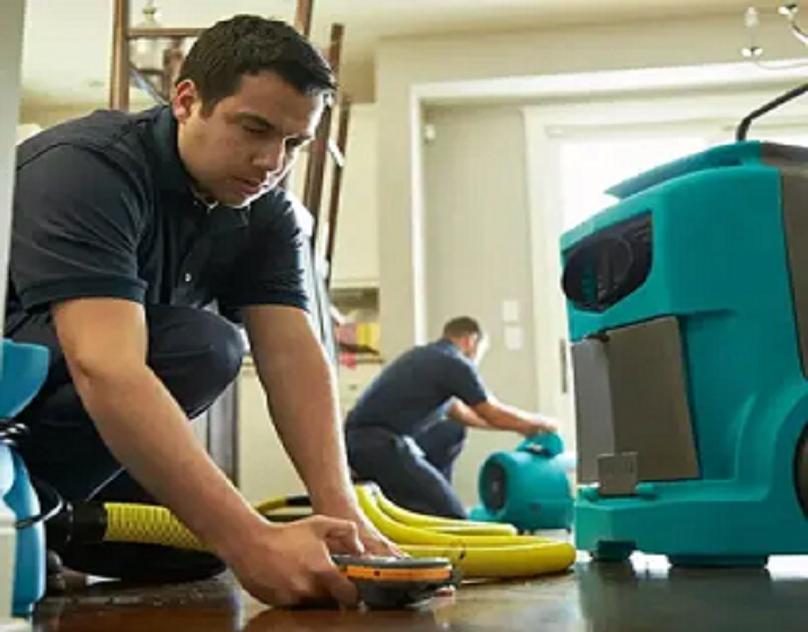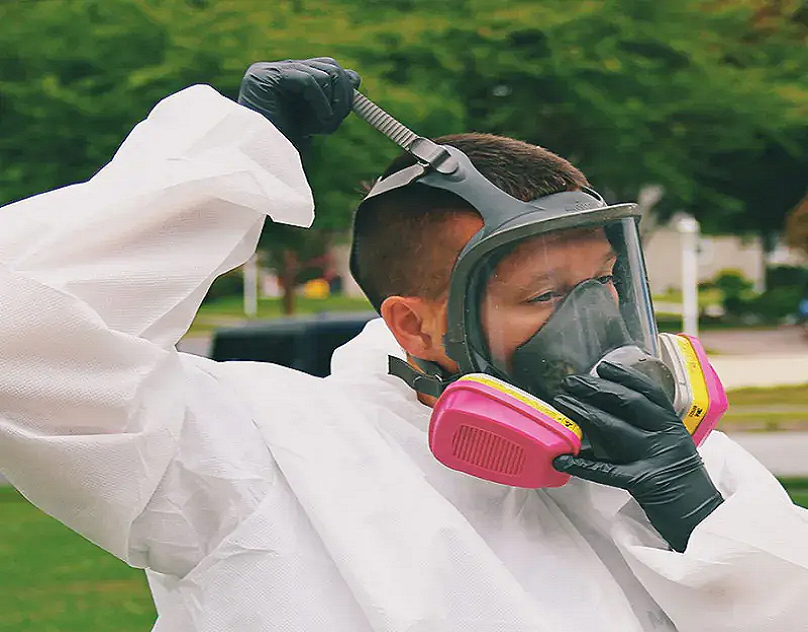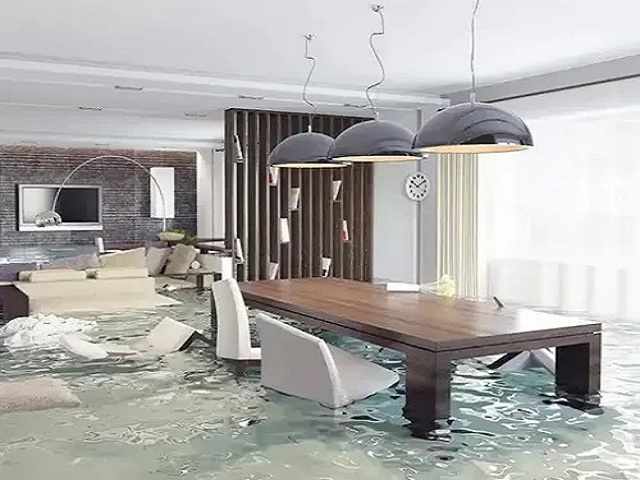
Flooding can devastate homes and businesses in a matter of minutes. From soaked floors to damaged walls and contaminated belongings, the aftermath can feel overwhelming. However, understanding what to expect during the flood repair Oakville process can help you navigate the situation with clarity and confidence. By knowing each step, you can make informed decisions that lead to a successful recovery. Companies like Ideal Response offer comprehensive flood restoration services, helping clients regain control of their properties efficiently and safely.
Initial Assessment and Safety Measures
The flood repair Barrie process begins with a comprehensive assessment of the property. Professionals will inspect the structural damage, water saturation levels, and potential hazards such as electrical issues or mold. Safety is the top priority, so technicians may shut off utilities or restrict access to certain areas until the space is secure. If standing water is present, it will be tested for contaminants, especially in cases of sewage backup or floodwater from rivers or storms.
You should avoid re-entering the premises until it's deemed safe by professionals. This prevents exposure to potential dangers like weakened floors, sharp debris, or pathogens carried in the water.
Water Extraction and Moisture Removal
Once the area is secured, the flood restoration team begins the critical step of water extraction. High-powered pumps and vacuums are used to remove standing water quickly. The longer water sits, the more severe the damage becomes, making fast action essential.
Following water removal, industrial-grade dehumidifiers and air movers are placed throughout the property. This drying phase can take several days depending on the extent of the water damage. Professionals use moisture meters to ensure all hidden moisture in walls, floors, and ceilings is detected and eliminated to prevent mold growth and structural deterioration.
Damage Assessment and Documentation
During the drying phase, professionals from companies like Ideal Response continue evaluating the extent of the damage. This includes checking drywall, insulation, flooring, electrical systems, and HVAC units. All affected areas and belongings are documented for insurance purposes. This step is crucial when filing a claim, as your insurance provider will need detailed records and evidence of damage.
This is also the time when you’ll get a clearer picture of what can be salvaged and what needs replacement. Flood repair professionals categorize items based on their material, level of contamination, and likelihood of restoration. Some porous items like mattresses or carpet padding may need to be discarded due to mold risk.
Cleaning, Sanitizing, and Deodorizing
Floodwater often carries harmful bacteria, especially when it results from sewage backups or storm surges. After drying, the entire space undergoes thorough cleaning and disinfection. Technicians use antimicrobial treatments on walls, floors, and any surfaces that came into contact with floodwater.
Ozone generators or fogging machines may be used to eliminate any lingering odors. These devices break down odor-causing molecules, ensuring the property is not only clean but also smells fresh. During this phase, damaged materials such as drywall, insulation, or carpeting may be removed and disposed of responsibly.
Restoration and Repair Work
The final step in the flood repair process is rebuilding and restoring the property to its pre-flood condition. This could include minor repairs like patching drywall and repainting or major reconstruction such as replacing flooring, cabinetry, or entire structural components.
You may have the opportunity to make upgrades during this phase, such as switching to water-resistant materials, updating electrical systems, or adding sump pumps and flood barriers for future protection.
The timeline for this stage can vary significantly depending on the extent of the damage. A small-scale job might take a week, while a full-home restoration could span several weeks or more. Professionals coordinate closely with you throughout this process to keep everything on schedule and within budget.
Communication and Support Throughout the Process
One of the most important aspects of a successful flood repair process is communication. A reputable company like Ideal Response keeps you informed at every stage, from the initial inspection to the final walkthrough. You'll receive daily updates, access to documentation, and a dedicated project manager to answer your questions and address concerns.
Having a trusted team ensures not only quality work but also peace of mind. They can even assist with navigating the complexities of insurance claims, helping you gather the necessary paperwork and advocate for fair compensation.
Post-Repair Inspection and Preventive Recommendations
Once the restoration work is complete, a final inspection is conducted. Technicians check for any lingering moisture, ensure that structural repairs meet safety codes, and verify that all contamination risks have been mitigated. They may also provide you with recommendations for preventive measures, including proper drainage systems, sump pumps, and waterproofing treatments.
This proactive approach reduces the chances of future flooding and keeps your property protected in the long run.
Conclusion
The flood repair process involves a series of well-structured steps designed to restore safety, comfort, and functionality to your property. From assessment and water extraction to disinfection and full restoration, every phase is crucial. Partnering with an experienced provider like Ideal Response ensures the job is done thoroughly and professionally, with your health and safety as the top priority.




















Write a comment ...